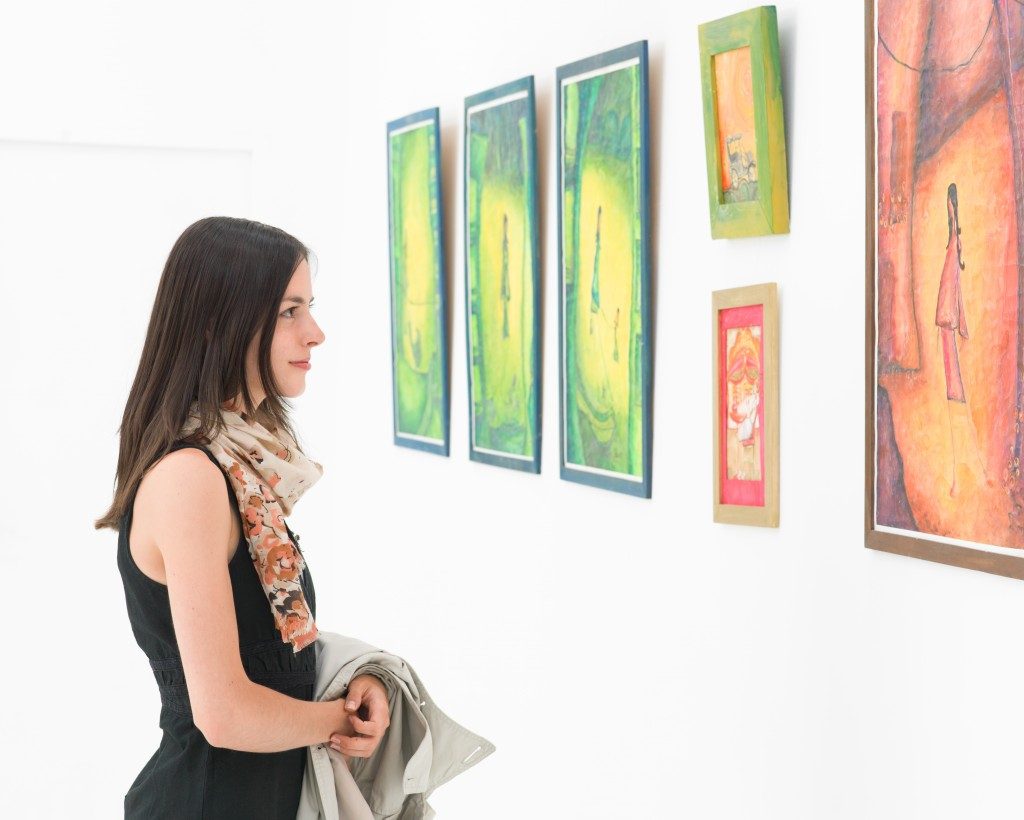Art is the expression of one’s self, and expression comes in many different forms. There’s no right or wrong way of expressing one’s self, which makes art a truly liberal and free approach to life. Throughout history, art has spawned movements based on behaviors and societal climates prevalent at a given time. This means that art is not homogenous. It continues to grow, and the artists have never stopped exploring new ways to create pieces and convey messages. The world of art is heterogenous, textured, and ever evolving.
If you are an art enthusiast or someone who is just starting to get into art, it is important that you get to know the different movements that have been deemed as essentials. Knowing these movements will help you appreciate art pieces better, and they may even inspire you to come up with new pieces influenced by the primordial techniques. Whether you are studying at a well-reviewed school, like Eva Carlston, or you are a budding artist, here are some of the movements that may inspire you.
The Baroque Movement
Renaissance comes first — a period where everyone was reborn and there was a renewed interest in art and literature. Towards the end of this period, baroque is born. The movement is characterized by its dramatic and exaggerated movement. The use of shadows and technique, such as chiaroscuro, is a favored method. The play of light and shadows creates drama and movements. Key pieces include Diego Velasquez’s Las Meninas and artworks by Carravagio and Rembrandt.
Realism
Realism is another genre of artistry that focuses on rendering the images of the subject realistic. This is a movement where the subjects are painted in detail so as to preserve their integrity and realism. Most painters at the genre’s inception were focused on sceneries and portraits.
Light still plays an important part in this movement. If you want to know how artists have done realism, you should check out the works of American painter John Singer Sergeant. His works, such as Madam X, exemplify attention to detail.
Impressionism
Some painters and artists veer away from reality without going too far. That is perhaps the reason impressionism is born. A subject is depicted as an impression of reality, and this is made possible through the light brush strokes of the artist.
Colors are vivid and yet they are spread throughout to create an impression of lightness. Key pieces include Monet’s masterpieces. Post-impressionism, on the other hand, sees the integration of abstract elements. Techniques, such as impasto, or the creation of textures through thick paint, were also employed. In this regard, Van Gogh’s works epitomize the movement.
Abstract
 An expressionist movement, an abstract is all about the expression of feelings and impressions through indefinite shapes and masses. Images are sometimes reduced to shapes and minimal lines. It has sub-genres, which may include Picasso’s works. Abstract paintings can be easily identified in the works of Jackson Pollock.
An expressionist movement, an abstract is all about the expression of feelings and impressions through indefinite shapes and masses. Images are sometimes reduced to shapes and minimal lines. It has sub-genres, which may include Picasso’s works. Abstract paintings can be easily identified in the works of Jackson Pollock.
Appreciating art means appreciating the techniques involved and the movements they are in. By understanding the motivation behind each piece, you may be able to understand the message that the artist wants to convey.

